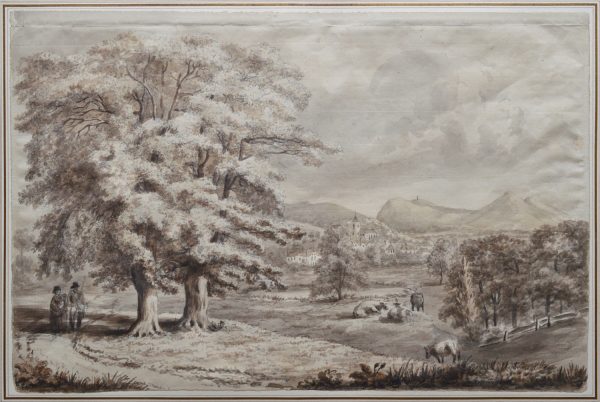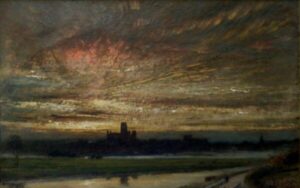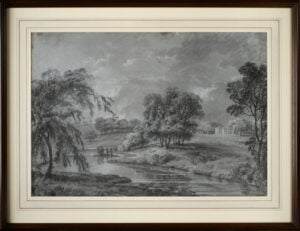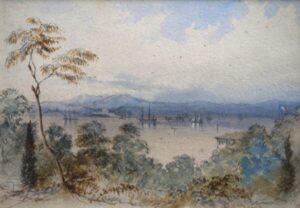Description
This view relates to a drawing described by Malchair on his last tour of Wales in Sep 1795. Numbered 24 in his list: A View of the Church at Welsh Poole, Drawn under the Wall of Powis Castle. In the distance appear the Mountains which bounde the Northeast part of the Vale of Montgomery.
Malchair made at least 70 drawings on three tours of Wales, in 1789, 1791 and 1795, which eventually passed to one of his pupils, William Crotch, who numbered each on the verso in red chalk. From July to the end of August 1895 Malchair became very productive and produced many large drawings, travelling from Stinchcombe in Gloucestershire to Welshpool and then to Dinas Mawddwy.
After his return to Oxford, Malchair compiled a list of the tour and made copies of 32 of the Welsh drawings, including 3 from the earlier tours.
Some elements of the drawing relate to Malchair’s hand however, there is not enough evidence to support it being by him. Malchair had many pupils, and in the middle to late 18th century many other artists, including John Warwick Smith, John Ingleby and Amos Green also travelled to the area. Nethertheless the drawing serves as an important record documenting a beautiful part of Wales in the latter part of the 18th century.



